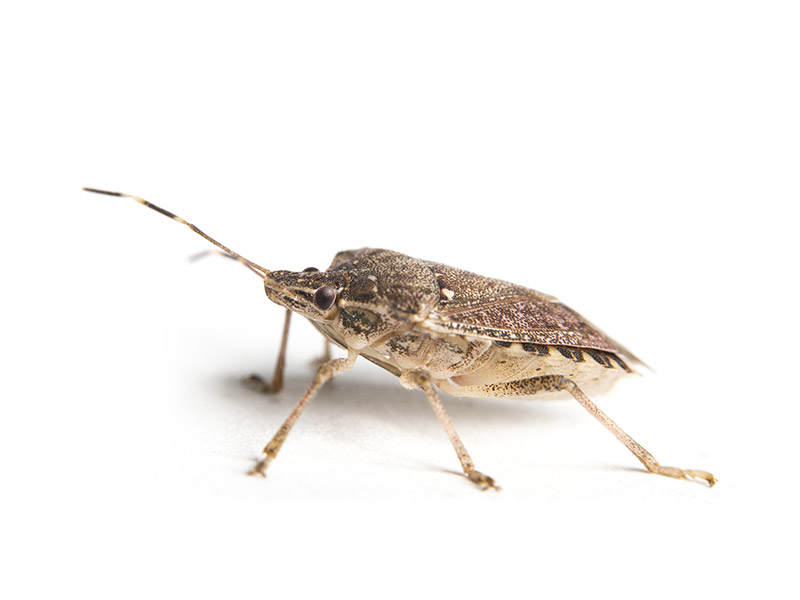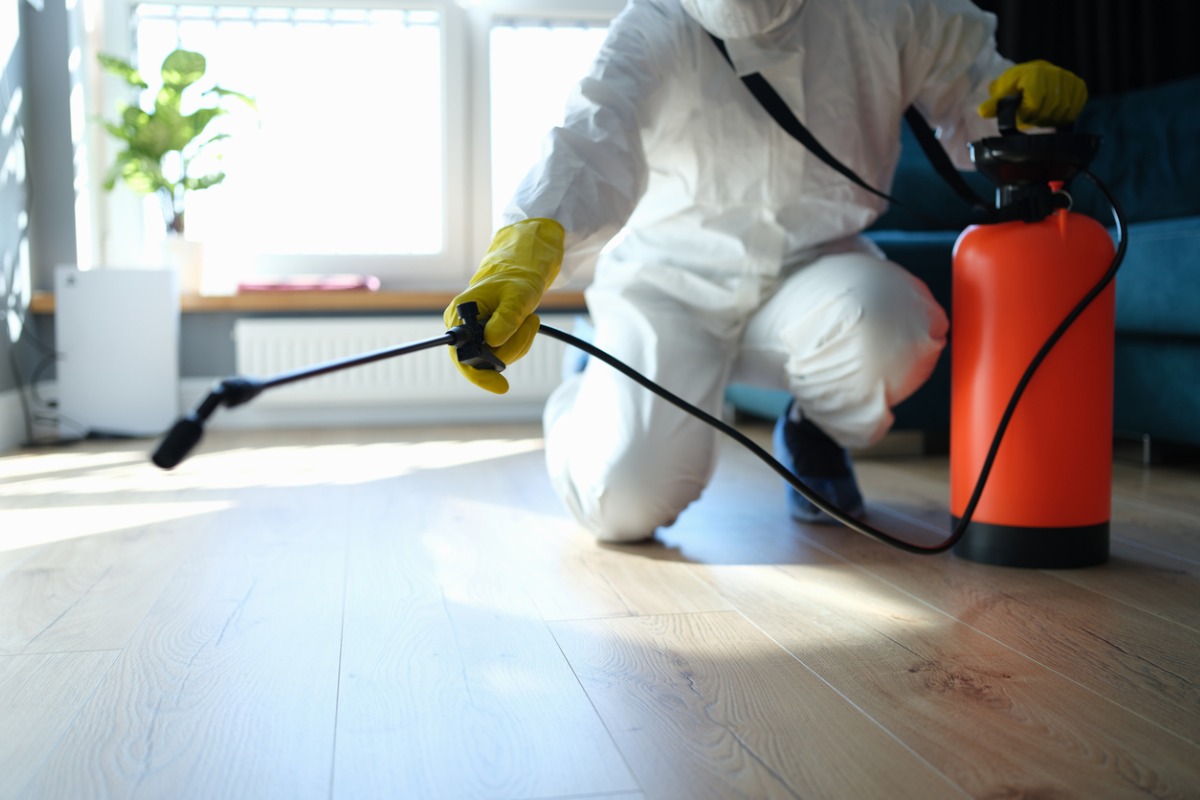Enjoy top-rated Pest Control for long-lasting pest prevention to maintain a clean space.
Eco-Friendly Insect Control Approaches for Taking Care Of Wildlife in Urban Areas
Urban locations commonly locate themselves at the junction of human task and wildlife, leading to distinct challenges in pest monitoring. These approaches not only protect the setting yet likewise improve neighborhood interaction in wildlife monitoring. As city populations continue to expand, recognizing the characteristics of wildlife interactions comes to be progressively important.
Comprehending Urban Wildlife Characteristics
Comprehending Urban Wildlife Characteristics is necessary for establishing effective and environmentally friendly pest control approaches. Urban areas are significantly ending up being habitats for various wildlife types, driven by factors such as environment fragmentation, food accessibility, and human advancement. Recognizing these characteristics enables a nuanced strategy to pest management that straightens with environmental concepts.
Urban wildlife often consists of species such as raccoons, squirrels, and birds, which adjust to city environments, discovering niches in eco-friendly spaces, parks, and also houses. Their visibility can result in problems with humans, specifically when they manipulate human resources for food and shelter. Recognizing the behaviors and eco-friendly functions of these varieties informs methods that decrease negative communications while advertising biodiversity.
Furthermore, acknowledging the interdependencies within metropolitan ecosystems assists in recognizing important locations for habitat preservation and repair. This knowledge contributes to the growth of integrated insect administration (IPM) strategies that consider the ecological balance, thus reducing reliance on hazardous chemicals. By promoting conjunction in between human beings and urban wild animals, cities can develop much healthier environments that benefit both residents and local ecological communities, leading the means for lasting city living.
All-natural Repellents and Deterrents
All-natural repellents and deterrents use a sustainable choice to traditional bug control methods by harnessing the power of nature to keep undesirable types away. These green services usually utilize plant-based components, essential oils, and various other normally occurring materials that hinder bugs without harming the setting.
One reliable all-natural repellent is peppermint oil, which is understood to ward off rats and pests. Its strong scent is unpleasant to many pests, making it a prominent choice for city setups. Vinegar and citrus peels can offer as deterrents, as their solid smells are commonly unappealing to numerous wildlife.
Furthermore, diatomaceous earth is an all-natural powder that can be spread in locations susceptible to parasite activity, successfully dehydrating and preventing insects without positioning threats to non-target types. Garlic sprays and neem oil are acknowledged for their ability to drive away a large array of parasites, including both pests and larger wild animals.
Carrying out these all-natural repellents not only reduces dependence on chemical pesticides but likewise promotes a much healthier metropolitan environment, fostering a much more balanced coexistence between human beings and wildlife. By making use of these strategies, metropolitan areas can properly take care of parasite populaces while lessening environmental influence.
Habitat Adjustment Methods
Efficient habitat adjustment strategies play an essential duty in lasting parasite management by altering the atmosphere to make it less for pest problems. By comprehending the environmental dynamics of urban areas, building owners can implement tactical adjustments that discourage insects while promoting biodiversity.
(Mosquito Treatment)One main strategy involves maintaining appropriate hygiene. This includes regular waste removal, protecting trash containers, and removing standing water to lower breeding sites for insects and rodents. Furthermore, landscaping methods such as choosing indigenous plants can boost eco-friendly equilibrium, giving environments for beneficial organisms while minimizing sources for bugs.
One more important approach is to seal access points in structures. Evaluating and repairing cracks in structures, walls, and windows can dramatically minimize insect accessibility. In addition, producing physical obstacles, such as fencings or plant buffers, can hinder wildlife activity into human-inhabited locations.
Integrated Parasite Administration Practices
Building upon habitat modification methods, incorporated bug management (IPM) techniques provide an all natural method to regulating insect populaces while minimizing ecological impact. IPM integrates numerous techniques, consisting of biological, cultural, mechanical, and chemical controls, to accomplish effective insect monitoring.
Biological control includes the intro of natural predators or bloodsuckers to reduce bug populaces. Cultural methods, such as plant turning and hygiene, interrupt pest life cycles and decrease their environments - Pest control service. Mechanical controls, like traps and barriers, give prompt relief from parasite pressures without chemical intervention
Chemical controls are used as a last resource, focusing on targeted applications that restrict injury to non-target species and the atmosphere. get redirected here The choice of eco pleasant chemicals, when essential, is important to the IPM structure. In addition, keeping track of bug populaces and analyzing possible damages aids inform decision-making, guaranteeing that interventions are timely and effective.
Neighborhood Participation and Education

(Termite treatment Port Charlotte)Workshops and informative sessions can gear up locals with understanding regarding native species, habitat conservation, and efficient safe parasite monitoring methods. Partnership with institutions, neighborhood companies, and federal government companies even more enhances educational outreach, ensuring that important info reaches diverse target markets.
Additionally, community-led efforts, such as neighborhood clean-up days and habitat reconstruction jobs, not just promote biodiversity yet additionally enhance community connections. Pest Control. By encouraging residents to share their experiences and monitorings, neighborhoods can develop targeted strategies that resolve particular local insect problems
Including comments from residents right into insect management prepares enables a much more responsive and flexible method to wild animals difficulties. Inevitably, notified and involved communities are key to accomplishing long-term success in green insect control, leading to healthier city atmospheres that value both human and ecological demands.

Final Thought
Finally, environment-friendly parasite control approaches offer sustainable options for taking care of urban wild animals. By focusing on environment alteration, utilizing natural repellents, and executing incorporated bug management methods, areas can cultivate a harmonious coexistence with local fauna. Moreover, involving homeowners via education and learning boosts understanding and urges liable wild animals communications. Inevitably, these strategies not only shield biodiversity yet likewise promote environmental health, ensuring urban locations stay dynamic environments where people and wildlife thrive with each other.